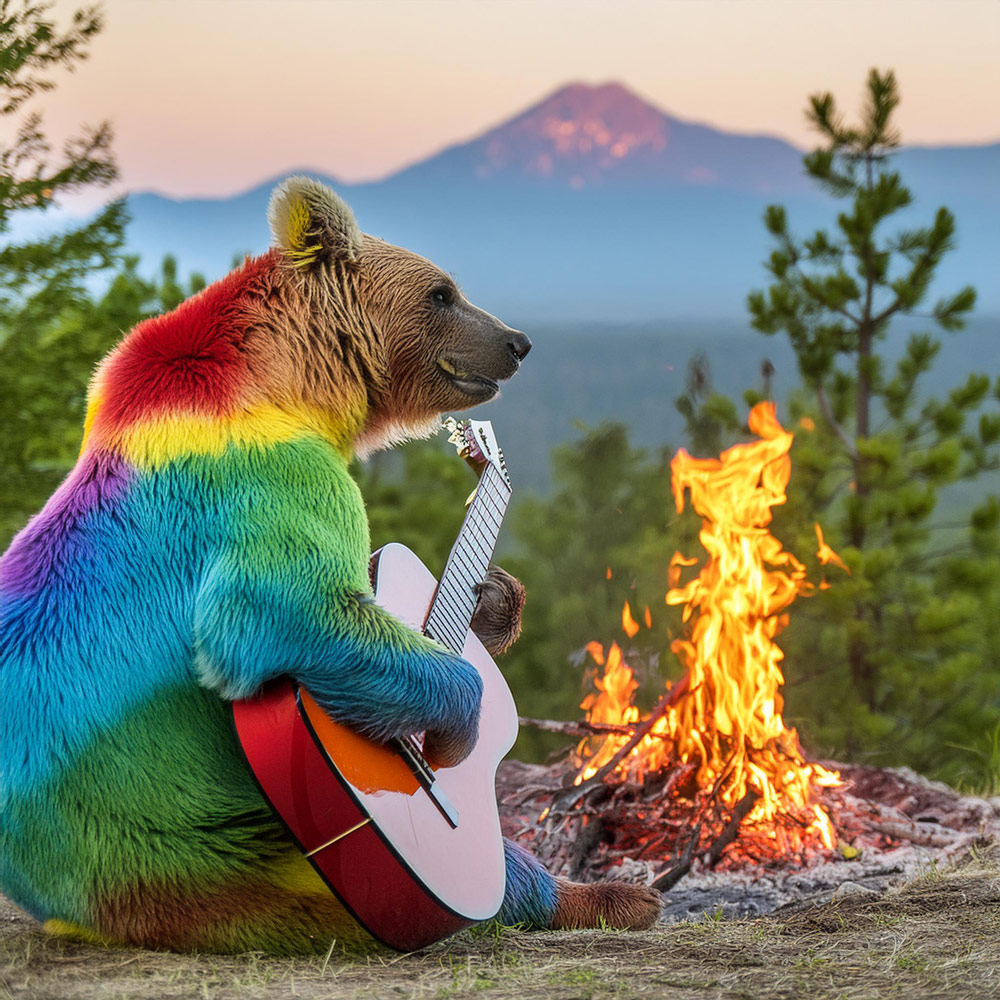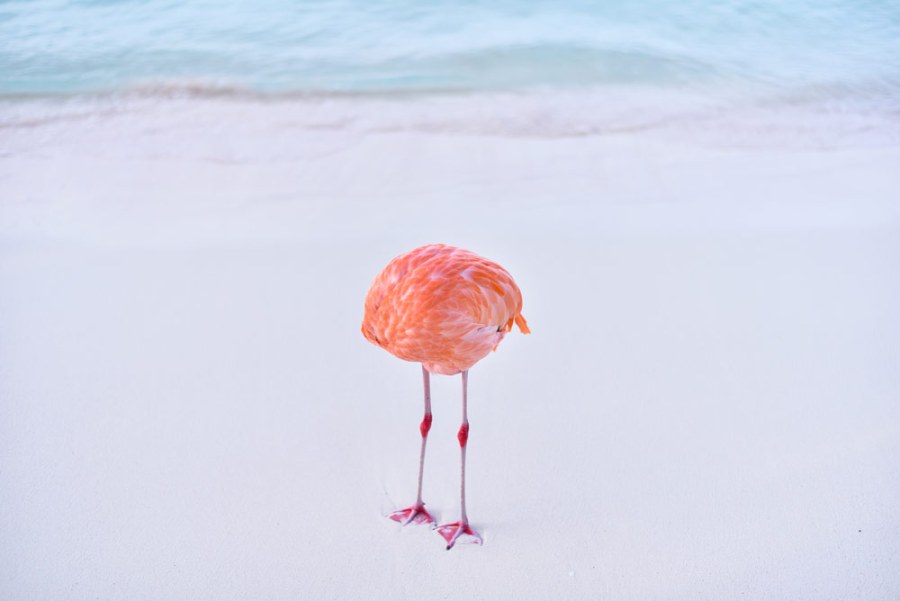It has been a busy month for AI controversies, with software giant Adobe finding itself in the doghouse with the Ansel Adams estate, and then having to clarify its terms and conditions for Creative Cloud subscribers following a lot of online angst about its generative fill tools.
In the latest AI saga, British photographer Miles Anstay was recently disqualified from the 1839 Awards Colour Photography Contest for sending in a picture of a flamingo, entitled Flamingone. Seems a bit harsh, you might think, but Miles entered this non-AI image into the AI category, which he then went on to win!
Unsurprisingly, his winning image was later disqualified, but as Miles reveals, he’s didn’t deliberately set out to embarrass the high-profile jury. Miles talks about why he entered the competition, the surprising aftermath and his wider worries about AI, in an exclusive interview.

Why did you decide to enter the competition now, considering generative AI has been around for a while?
While AI has indeed been around for a while, there haven’t been many or any competitions for AI-generated works. This was the first high-profile award I came across.
Was it hard choosing an image to enter, or was the flamingo an obvious choice?
Funny enough, I feel like the picture chose me. The idea for this stunt had been simmering in my mind for a while, but I didn’t actually look for a picture to pull the stunt. When I saw this shot, I just knew that it was the one.
Were you surprised to get a jury award?
Yes and no. Yes, because it’s always a bit of a lottery to compete in such large competitions. There are just so many good entries, so it does come down to a bit of luck, the subjective aesthetic taste of the jurors, etc. In that sense, it’s always a nice surprise to be selected. But in terms of the picture beating the AI competition, well, that was the whole point. I thought I really had a shot at it.
Some fairly eminent names were on the jury and they were rather left with egg on their faces. Did you feel just a bit guilty?
There were ethical concerns about leading the jury astray, which I didn’t take lightly. But I was hoping that these industry professionals, and also the audience, would find that this jab at AI and its ethical implications outweighs the ethical implications of deceiving the viewer. Which, of course, is ironic because that is what AI does.

What is the significance of your win – do you think images generated, or partially generated, by AI need to be clearly labelled, which Adobe is pushing for?
I think my win goes to show that nature still outdoes the machine and that human-made content has not lost its relevance, that Mother Nature and her human interpreters can still beat the machine, and that creativity and emotion are more than just a string of digits.
On the other hand, it shows how indistinguishable real photos and AI-imagery have become, which is something we need to talk about ASAP, as in yesterday.
It has huge implications for all of us, especially in the context of misinformation – this is basically a weapon of mass-misinformation that doesn’t require a background check. That’s why I believe that tagging AI content will be critical.
And while that onus is on governments, institutions, and the private sector, we all have a personal responsibility to think critically and question the apparently obvious. We will all have to adapt to the new normal, and also equip next generations to navigate the new digital landscape, through education.
Rather than pretending it never happened, the competition organisers took it on the chin and invited you to write a subsequent article about AI. Were you surprised not to get a frostier reception?
Very much so! After revealing the image’s true nature to the organisers, my entry was disqualified, which is a completely justified and the right decision. The big surprise here was the organisers’ reaction: Lily Fierman, Co-Founder and Director of 1839 Awards, remarked in her email to me that she appreciates the powerful message and that it was an important and timely statement.
‘We hope this will bring awareness (and a message of hope) to many photographers worried about AI,’ she said. Her words and take on the matter made my day.
Do you think as a result of this, juries will now be much more vigilant when it comes to AI and non-AI?
I hope so and I don’t hope so. I think our critical thinking and assessment need to keep up with AI’s light-speed development. On the other hand it would be sad if we question every single piece of content we consume. Tagging AI-imagery could help with that, of course.
I also think that this trick might get old. We’ve seen AI-imagery winning real photo awards, and now a real photo winning an AI-award. I’m not sure that many more artists would want to hop onto that train. That wouldn’t be very creative. They’d have to come up with their own thing, something that no one is expecting.
Are you going to continue with your ‘normal’ photography after this or are you intending to get further involved in the AI debate?
I’m happy to participate in the public discourse around AI and I hope we can take it from talk to action soon. But as much as this is a huge topic right now, my work is about more than that. There are lots of other challenges we need to address, and I hope my art activism, which is a combination of writing and photography, can contribute to that.
Further reading
Real photo disqualified from contest after judges ruled it could be AI
How to use artificial intelligence (AI) ethically
Will AI replace photographers?
The best photography competitions to enter in 2024








